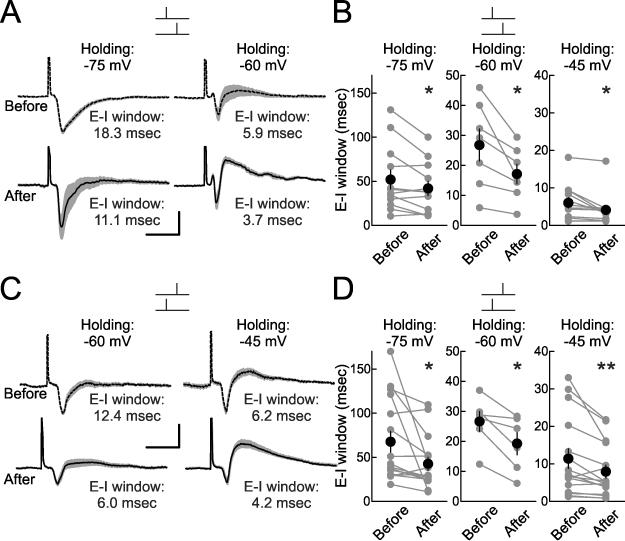Figure 5. STDP Modifies Spiking Probability.
(A) Example current-clamp recording showing increased postsynaptic spike probability after pre→post pairing. Top, example traces before and ~16-25 minutes after spike pairing. Scale: 5 msec, 50 mV. Bottom, EPSPs before and after pairing. Dashed line, mean EPSP slope before pairing; red bar, mean EPSP slope 16-25 minutes after pairing (before: 1.08±0.01 mV/msec, after: 1.46±0.01 mV/msec, increase of 35.1%). Upper tick marks show events that also produced a spike; spike probability before pairing: 0.54, spike probability after pairing: 1.0.
(B) Summary of changes to spike probability (before: 0.36±0.05, after: 0.75±0.10, n=9, p<0.0005; 7/9 cells showed significant increases in spiking) after pre→post pairing. **, p<0.01.
(C) Example current-clamp recording showing decreased postsynaptic spike probability after post→pre pairing. Scale: 10 msec, 50 mV. Dashed line, mean EPSP slope before pairing; blue bar, mean EPSP slope 16-25 minutes after pairing (before: 9.01±0.07 mV/msec, after: 7.58±0.04 mV/msec, decrease of –15.8%). Spike probability before pairing: 0.39, spike probability after pairing: 0.0.
(D) Summary of changes to spike probability (before: 0.61±0.07, after: 0.15±0.13, n=8, p<0.01; 7/8 cells showed significant decreases in spiking) after post→pre pairing.

